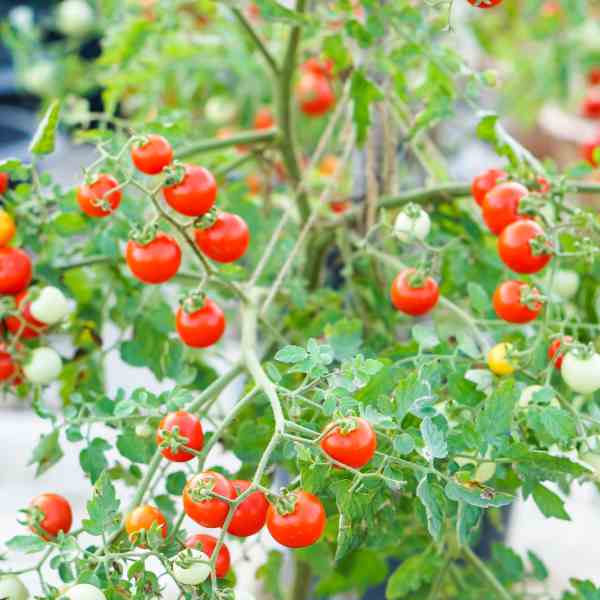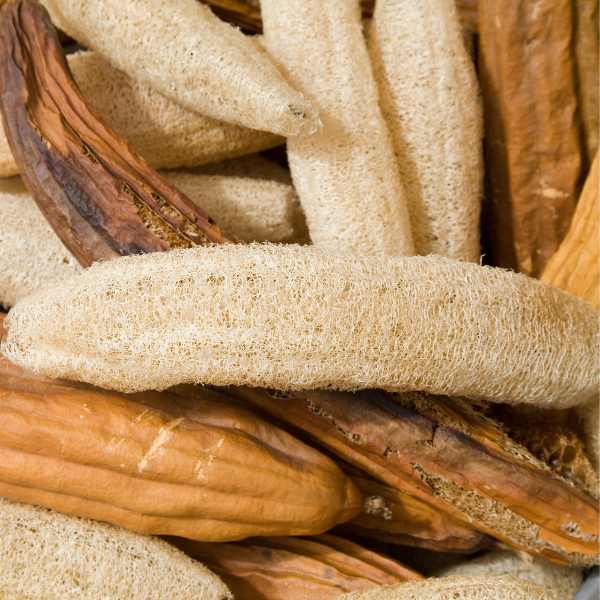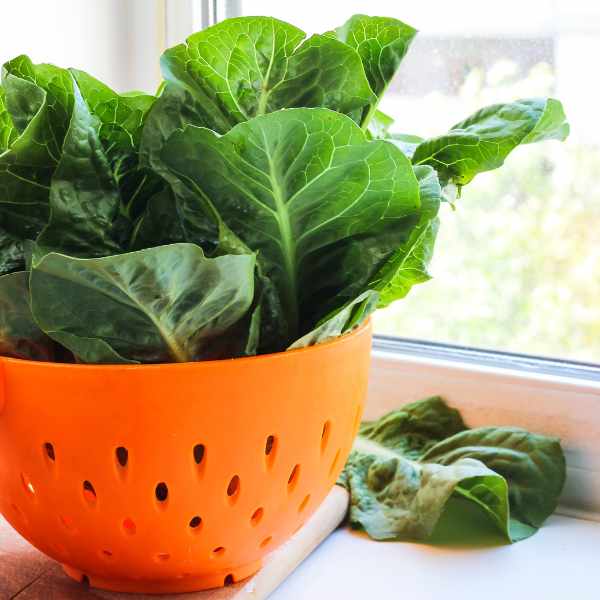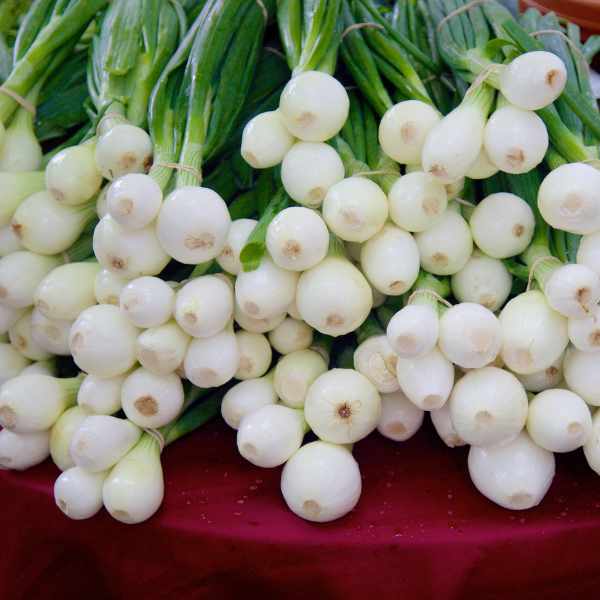Silver Beet: A Resilient Garden Champion
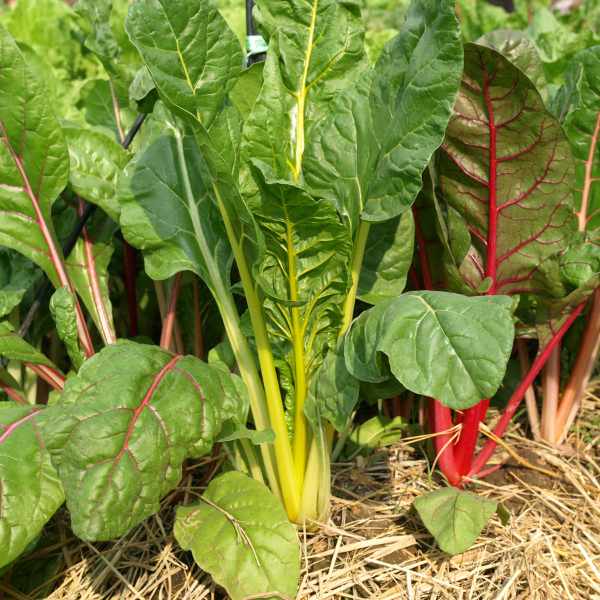
Silver beet, also known as Swiss chard, is a gardening favourite and a true workhorse in the vegetable patch. With its lush, crinkled leaves and thick, juicy stems, it’s a versatile crop that delivers in spades. Whether you’re dealing with the chill of winter or the swelter of summer, silver beet has you covered—its hardy nature makes it more tolerant of extreme weather than spinach.
A close relative of beetroot, silver beet offers more than meets the eye. While its leaves are often the star of the show in salads, stir-fries, and soups, the stems are equally valuable. Think of them as a celery substitute—crunchy, flavourful, and perfect for stews or roasted vegetable dishes.
For a while, this nutritious powerhouse was overshadowed by kale and spinach, but silver beet is reclaiming its well-deserved place in the spotlight. Over the past decade, silver beet has climbed back to the top of my seed sales, proving that this vegetable is both timeless and trendy.
Popular Silver Beet Varieties
Here are some standout varieties to consider for your garden:
- Fordhook Giant: A reliable classic with large, tender, curled green leaves and striking white ribs. This variety is perfect for every dish, from quick stir-fries to hearty lasagnas.
- Magenta: A visual treat with hot pink to magenta stems and dark jade foliage. Its smooth leaves are ideal for young salad greens, and the stalks remain slender even when mature.
- Rainbow Chard: As vibrant as its name suggests, this variety boasts stems in hues of purple, pink, orange, and yellow. It’s as much an ornamental feature as it is a culinary staple, suitable for both fresh salads and cooked dishes.
- Ruby Red: A striking variety with dark green leaves accented by red veins and stems. Its slightly unique flavour makes it a favourite in both gardens and kitchens, and it’s an excellent choice for baby leaf production.
Planting Guidelines
When to Plant
Silver beet is adaptable to most climates and can be planted year-round in frost-free regions. For the best results, aim for a temperature range of 4–24°C, and consider a shadier spot during the hotter months.
Seeds vs. Seedlings
Silver beet can be started from seed or seedlings. The ideal choice is to plant your seeds where you want them to grow to reduce transplant shock but if you need to keep the beasties at bay, then raise seedlings in a protected environment.
Germination Tips
While not essential, soaking the seeds overnight can speed up germination. Sow seeds 0.5 cm deep, keep the soil moist, and water gently to avoid displacing the seeds. Germination typically occurs within temperatures of 10–29°C but is possible between 4–35°C.
Cultivation Requirements
Soil
Silver beet thrives in well-drained, nutrient-rich soil with a pH between 6.0 and 6.8. Its deep roots can extend up to 120 cm, so prepare your soil thoroughly with compost. For sturdy stems and better storage, apply a sulfate of potash fertilizer periodically.
Sunlight
A sunny spot is ideal, though partial shade can be beneficial in hotter climates.
Watering
Regular, consistent watering is key. Keep the soil evenly moist, but avoid waterlogging.
Container Growing
Don’t have garden space? Silver beet is well-suited for pots. A large container can accommodate 3–4 plants, or mix one silver beet with herbs for a beautiful and functional display.
Companion Plants
Silver beet thrives alongside onions and beetroot, which enhance its growth while keeping pests at bay.
Ongoing Care
Weeding is essential—silver beet doesn’t like competition for nutrients or light. While insect pests are rare, caterpillars can occasionally cause damage. An organic spray like Dipel or manual removal of caterpillars will keep your plants thriving.
Harvesting
Silver beet is ready to harvest 8–10 weeks after planting. When the leaves reach about 30 cm, pick the outer leaves by bending or cutting them downwards, leaving the central leaves intact to continue growing. Always keep at least 3 leaves per plant to ensure healthy regrowth.
Silver beet is more than just a garden staple—it’s a symbol of resilience, versatility, and vibrant beauty. Whether you’re a beginner or a seasoned gardener, this vegetable is sure to reward your efforts with an abundant harvest and endless culinary possibilities.

